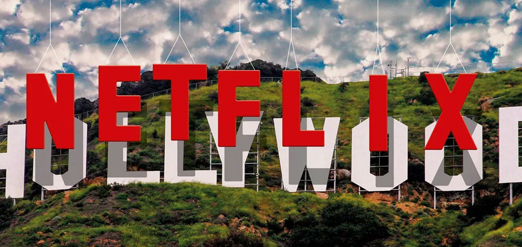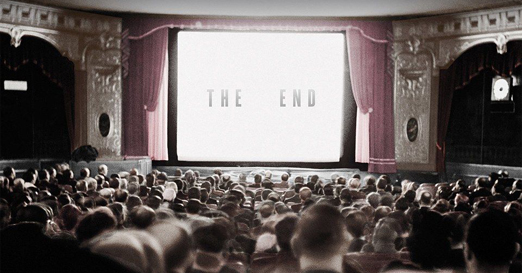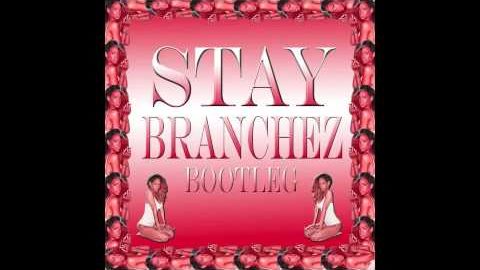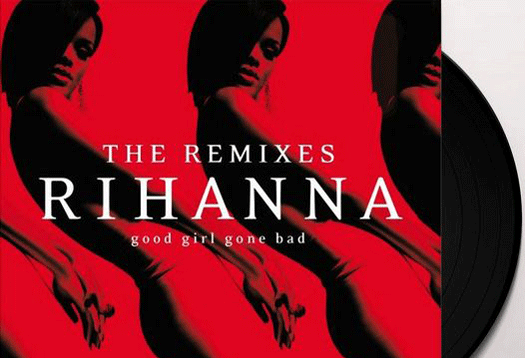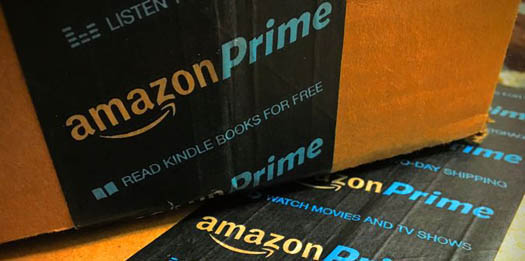
With the holiday season coming up, gift giving is on the minds of a great many people, gifts for family, friends and colleagues, and gifts for oneself.
Given the uncertain nature of the economy and the scarce dollars available to most folks, a bargain is always appreciated — and make no mistake, with Black Friday coming up on November 29th and Christmas sales at the ready across our land to entice you to spend, there’ll be plenty of bargains to rein in whatever disposable income you’ve set aside for gift acquisition.
Retail online sales, if projections are correct, will top $40 billion Canadian this holiday season, with total world sales expected to exceed $3.5 trillion for 2019 — most of which monies will be spent acquiring products made available on the Amazon website (or app, as the case may be). Latest figures published by Statistics Canada indicate that 3 out of 5 Canadians do most of their non-food shopping on the Amazon.ca website — cuz it’s less expensive than the retail stores as well as reliable, and if you’ve acquired an Amazon Prime membership, goods delivery is free within 12 – 36 hours.
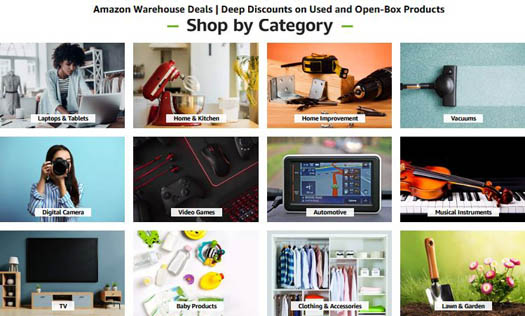
If you’re not in the market for anything in particular — say you’re just looking for gift ideas or killing time during your lunch break — you can get to the Amazon Warehouse Deals landing page by heading to Amazon.ca and search for “Amazon Warehouse” or “Warehouse Deals.” From there you can browse the categorized listings just as you would at any online retailer.

Most people who shop on Amazon, though, know exactly what they’re looking for. If you already have something specific in mind but want to see if there’s a discounted Amazon Warehouse option available, this is where your sleuthing, money-saving skills come into play, saving you up to 50%.
The bottom line: why pay full retail when there’s a perfectly fine — and much cheaper — alternative?
In much the same way that VanRamblings does most of our clothes and shoe shopping at consignment stores (Turnabout is our current favourite, where we save up to 80% on new sweaters and jackets), the Amazon Warehouse has perfectly fine ‘used’ goods at 50% off or better savings.

For instance, we recently acquired a Dash 1.2 L Compact Electric Air Fryer (which we’ll write about later in the month) for $42, when the retail price on Amazon.ca and at Walmart was a much steeper $101.67, plus tax. The Dash Air Fryer arrived in the original box, in pristine condition, in 48 hours.
All we did when arriving on the Amazon web page for the Dash Air Fryer was scour the page, keeping our eyes peeled for words like “New & Used,” “Buy Used,” “New & Used Offers” or just plain “Used” — and with the click of a couple of buttons, our ‘new’ Dash 1.2 Litre Compact Air Fryer was on its way, at a cost saving of pretty darn close to 60 per cent.
Why’s Amazon Warehouse stuff so cheap? Just like other major retailers such as Walmart or Costco, Amazon takes in a lot of customer returns, which it can no longer sell as new-in-box, regardless of why the buyer sent the item back or whether it’s even been opened.
That’s why everything Amazon Warehouse sells is listed as used, even if the product itself has never been touched. Regardless of its condition, used stuff is just worth less — sometimes a lot less. And that, most often, is very good for you.
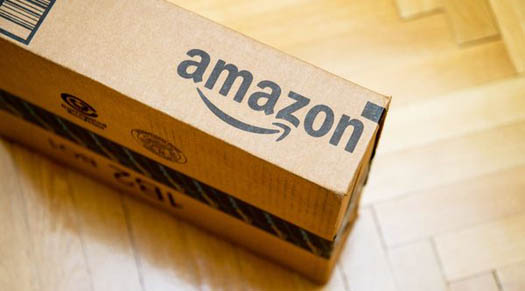
Amazon has five different grades it assigns to items it resells. Here they are with brief explanations of what Amazon means by them.
Renewed: This is the highest grade an Amazon Warehouse item can receive and is on par with what other companies might call “refurbished.” Renewed items have been closely inspected and tested and determined to look and function like new and come with a 90-day replacement or refund guarantee.
Used, Like New: No noticeable blemishes or marks on the item itself, although the packaging may be damaged, incomplete or missing all together. All accessories are included, and any damage to the package will be described in the listing.
Used, Very Good: Item has been lightly used, with minor visible indications of wear and tear, but otherwise in good working order. Packaging might be damaged, incomplete or the item repackaged. Any missing accessories will be detailed on the listing.
Used, Good: Item shows moderate signs of use, packaging may be damaged or the item repackaged and could be missing accessories, instructions or assembly tools.
Used, Acceptable: Very well worn, but still fully functional. Major cosmetic defects, packaging issues and/or missing parts, accessories, instructions or tools.
How to choose the right grade? If there are multiple listings with different grades available for the product you want to buy, think about what you’re going to use it for. If it were something purely functional and you couldn’t care less about its cosmetic condition, like hair clippers or a cordless drill, our suggestion: go with the cheapest option, period.
Honestly, a low enough price on just about anything can woo most folks into dealing with some scratches or scuffs. Not to mention, Amazon tends to err on the side of caution, marking items as Good or Acceptable that the average person would consider Very Good or Like New. One of the benefits of purchases made through Amazon Warehouse is that
Amazon’s standard 30-day replacement or refund return policy applies, which comes in handy if you wind up with a lemon. Amazon does caution that because these products are considered used they don’t come with the manufacturer’s original warranty — but you can, in fact, register the product online with the manufacturer for the full two year, or better, warranty.
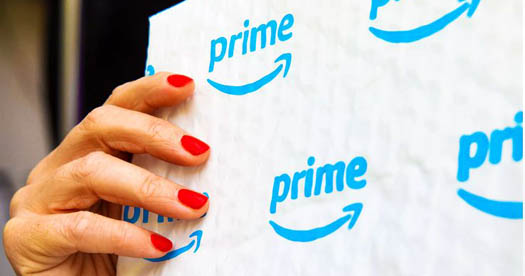
And remember: Amazon Prime members still get free shipping. Subscribing to Amazon Prime won’t get you a bigger discount on Amazon Warehouse Deals, but you’ll get free shipping just as you would for any other Prime-eligible item, which is why it remains a good deal, at $90 Canadian a year to sign up for Amazon Prime (which also gives you access to Amazon Prime TV, for most folks a pretty good deal when you get right down to it, and applicable to all Amazon Warehouse purchases, as well).
As above, most stuff you buy through Amazon Warehouse ships and arrives within the same one- to two-day window you get with new items, although some orders do take longer to fulfill. If that’s the case, the extra handling time is usually indicated on the listing, so you know what to expect.
Of course, Amazon will be participating in this year’s big Black Friday and Cyber Monday sales too, with some deals starting as early as Nov. 22nd, with all current Amazon.ca Black Friday deals available here.

